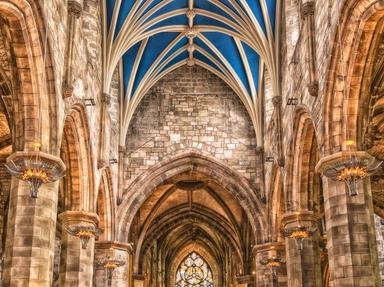
The Cathedrals of Euro 2020 Trivia Quiz
The UEFA Euro 2020 competition was a pan-European affair held in cities in different countries, many of which have cathedrals. Can you match the name of the cathedral with the Euro 2020 city it is in?
A matching quiz
by Red_John.
Estimated time: 4 mins.